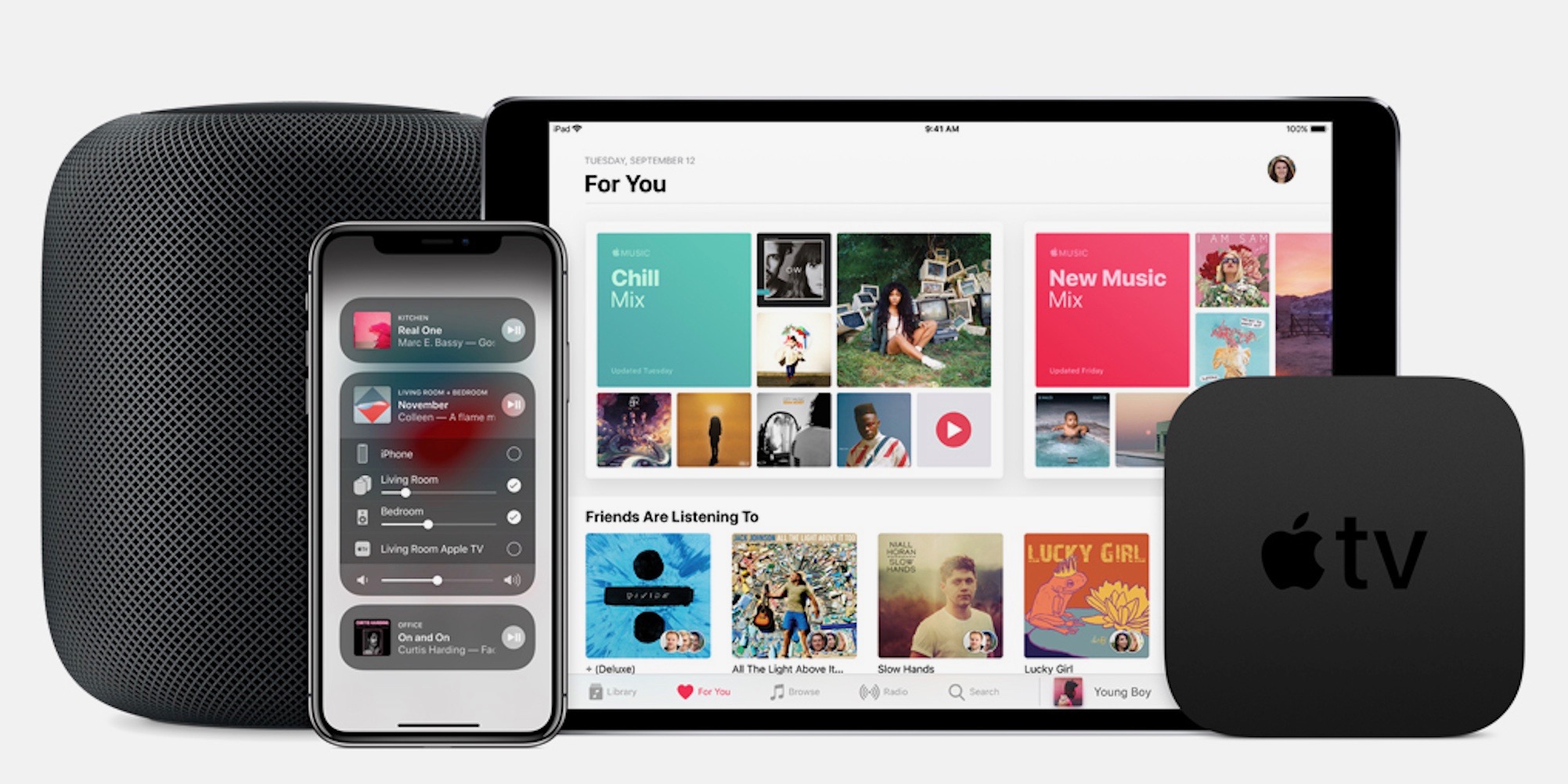
/article-new/2018/02/spotifyairplayhomepod2-800x573.jpg)
However, many people still have difficulty setting up HomePod with Mac. One of the best things about the Apple home speaker is the ability to connect to other Apple devices to create a comprehensive ecosystem in your home. New to the control center? Here's how to customize Control Center on your Mac.The Apple HomePod is a premium speaker that offers amazing sound quality.

Go to System Preferences> Sound and click on the check mark next to the “Show volume in menu bar” option. If you can't find the Sound button in the menu bar, you can enable it from System Preferences. Just select the HomePod mini to access it. If you want to stop using HomePod mini, go back to the Sound menu and go back to the internal speakers.įor macOS Catalina or earlier, the process for switching to HomePod mini is the same, but the visual interface is different.Ĭlick the Sound button in the menu bar to reveal all available devices. Now, selecting the Sound button from the menu bar will allow you to switch to the HomePod mini. Open Control Center, click on the Sounds pod, and drag it to the menu bar. If you plan to do this often, it may be useful to add the Sound module directly to Control Center. You can increase or decrease the volume using the slider or multimedia controls on your keyboard. Your Mac will change its default speaker output on HomePod. Now select your HomePod mini to switch to it. Here, click on the AirPlay button in the Sound section. You will find it next to the date and time. To get started, just click on the Control Center (toggle switches) icon in the menu bar. If you're using macOS Big Sur or newer, the best way to upgrade to HomePod mini is actually to use the Sounds pod in Control Center. It can be in an application like Music or TV. Once the two are on the same Wi-Fi network, the HomePod mini will appear directly in any AirPlay menu on your Mac.


 0 kommentar(er)
0 kommentar(er)
